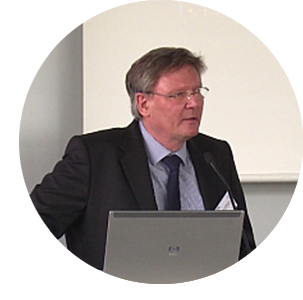5 industry trends driving innovation in cables for the 5G era

Prysmian Group’s Multimedia Solutions (MMS) unit is working to innovate its copper and fibre telecoms cables to stay on top of the infrastructure changes ushered in with 5G, explains Andreas Wassmuth, Business Development Director, MMS BU

What will indoor telecoms cables systems look like in 10 years?
Five digital transformation trends are driving innovations at Prysmian Group’s Multimedia Solutions (MMS) business unit, says Andreas Wassmuth, Business Development Director, MMS BU.
The digital transformation created by next generation 5G wireless communications is changing the world’s infrastructure needs. Cables are innovating to stay on top of this change. The ongoing challenge for Nuremburg-based Andreas Wassmuth and the BU’s team of engineers and researchers is to predict indoor infrastructure needs in ten years’ time enabling the Internet of Things and other new services.
“If you can drive this trend, it is a competitive advantage. I think we will see more and more regulation in the future that demands environmentally friendly products. And it will be reflected in our portfolio.”

Andreas Wassmuth
Business Development Director, MMS BU

Lastly, designing these products to be easy to use is key.
“What we try to do is optimize the product for installation,” he explains. “For example, we are starting to sell our Cat6A cables in boxes instead of on spools, which makes installation easier and eliminates waste.”
It’s hard to predict what sort of cabling systems will be needed inside of buildings in 10 years’ time to support the energy, antennas and sensors needed to achieve the promises of 5G. But one thing’s for sure, says Wassmuth. No single company can drive innovation on its own.
“We try to work together with the customer, in the different segments, and understand what they need and where they are heading. That’s what the world requires right now,” he says.







